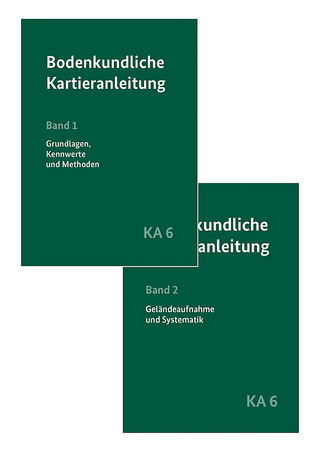
Mercury's Interior, Surface, and Surrounding Environment
Springer-Verlag New York Inc.
978-1-4939-2243-7 (ISBN)
Our understanding of the planet Mercury has been in a transitional phase over the decades since Mariner 10. The influx of new data from the NASA MESSENGER Mission since it was inserted into the orbit of Mercury in March of 2011 has greatly accelerated that shift. The combined compositional data of relatively high volatiles (S, K), relatively low refractories (Al, Ca), and low crustal iron, combined with an active, partially molten iron rich core, has major implications for Mercury and Solar System formation. From a scientist at NASA Goddard Space Flight Center, this presents a comprehensive overview of the discoveries from the ten-year MESSENGER mission.
Pamela Clark grew up in New England. Inspired by President John Kennedy, she decided as a child to explore outer space. She thought, “If they can put a man on the Moon, they can put a woman (me) on Mars!” She obtained her BA from St. Joseph College. There, she had many opportunities to participate in laboratory research with Sr. Chlorophyll (Dr. Claire Markham) and Sr. Moon Rock (Dr. Mary Ellen Murphy) as well as to coordinate an NSF interdisciplinary undergraduate field research project. While obtaining her PhD in planetary geochemistry from the University of Maryland, she worked at NASA/GSFC outside of Washington, D. C., and the Astrogeology branch of the USGS in Flagstaff, Arizona, simulating, analyzing, correlating, and interpreting lunar X-ray spectra. She was a member of the group, led by Isidore Adler and Jack Trombka, that pioneered the use of orbital X-ray and gamma-ray spectrometers to determine the composition of planetary surfaces. She participated in the Flagstaff Lunar Data Consortium, the first attempt to create a common format database for all the remote sensing data from a planetary body. After completing her PhD, Clark joined the technical staff at NASA/JPL, worked with the Goldstone Solar System Radar group, and expanded her remote sensing background to include radar, thermal, and near infrared studies of planetary surfaces with particular emphasis on the study of Mercury’s surface. Clark organized a briefing team to promote a mission to Mercury, and for a while edited the Mercury Messenger newsletter. Clark has published three books with Springer: Dynamic Planet: Mercury in the Context of its Environment, Remote Sensing Tools forExploration (with Michael Rilee) and Constant Scale Natural Boundary Mapping to Reveal Global and Cosmic Processes (with Chuck Clark). She eventually returned to Goddard to work with the XGRS team on the NEAR mission to the asteroid Eros. She then became the science lead in a group initiated by Steve Curtis to develop new paradigms for the design of space missions and vehicles and to evaluate surface science scenarios, tools, technologies, and architectures for space missions to extreme environments, with particular emphasis on the Moon and Mars. Clark is currently an internationally recognized expert on the extension of the cubesat paradigm for high science return and low-cost exploration in deep space. She has done several stints in academia, including Murray State University in Kentucky, Albright College in Reading, Pennsylvania, and Catholic University of America in Washington, D. C. She has developed courses in analytical and environmental chemistry, geochemistry, physical geology, mineralogy, optics, planetary astronomy, remote sensing, and physics. Her goals include exploring under every rock to increase our sense of wonder about the Solar System.
Messenger Mission.- Planetary Formation.- Terrestrial Planet Surface Processes.- Exosphere Dynamic.- Magnetosphere Dynamics.- Data Release Schedule Index.
| Reihe/Serie | SpringerBriefs in Astronomy |
|---|---|
| Zusatzinfo | 44 Illustrations, color; 10 Illustrations, black and white; VIII, 97 p. 54 illus., 44 illus. in color. |
| Verlagsort | New York |
| Sprache | englisch |
| Maße | 155 x 235 mm |
| Themenwelt | Naturwissenschaften ► Geowissenschaften ► Geografie / Kartografie |
| Naturwissenschaften ► Physik / Astronomie ► Angewandte Physik | |
| Naturwissenschaften ► Physik / Astronomie ► Astronomie / Astrophysik | |
| Technik ► Luft- / Raumfahrttechnik | |
| Schlagworte | Density of Mercury • Exosphere Dynamic • Geological History of Mercury • Magnetosphere Dynamics • Mercury Data • Mercury Formation • MESSENGER Mission • NASA Missions to Mercury • Terrestrial Planet Surfaces • Volatile Mapping |
| ISBN-10 | 1-4939-2243-2 / 1493922432 |
| ISBN-13 | 978-1-4939-2243-7 / 9781493922437 |
| Zustand | Neuware |
| Haben Sie eine Frage zum Produkt? |
aus dem Bereich


